 Shutterstock
Shutterstock
Back then, if you wanted to flaunt your wealth, status, and impeccable taste, you didn’t just wear diamonds—you carried a tiny, fancy dog around like a living accessory. These pups weren’t chasing balls or rolling in the mud. No, they were reclining on velvet pillows, being hand-fed delicacies, and getting pampered by servants while their royal humans signed treaties or plotted dramatic exits from banquets. These dogs may be small, but their resumes are stacked with courtly influence, divine treatment, and centuries of elite living.
Pekingese
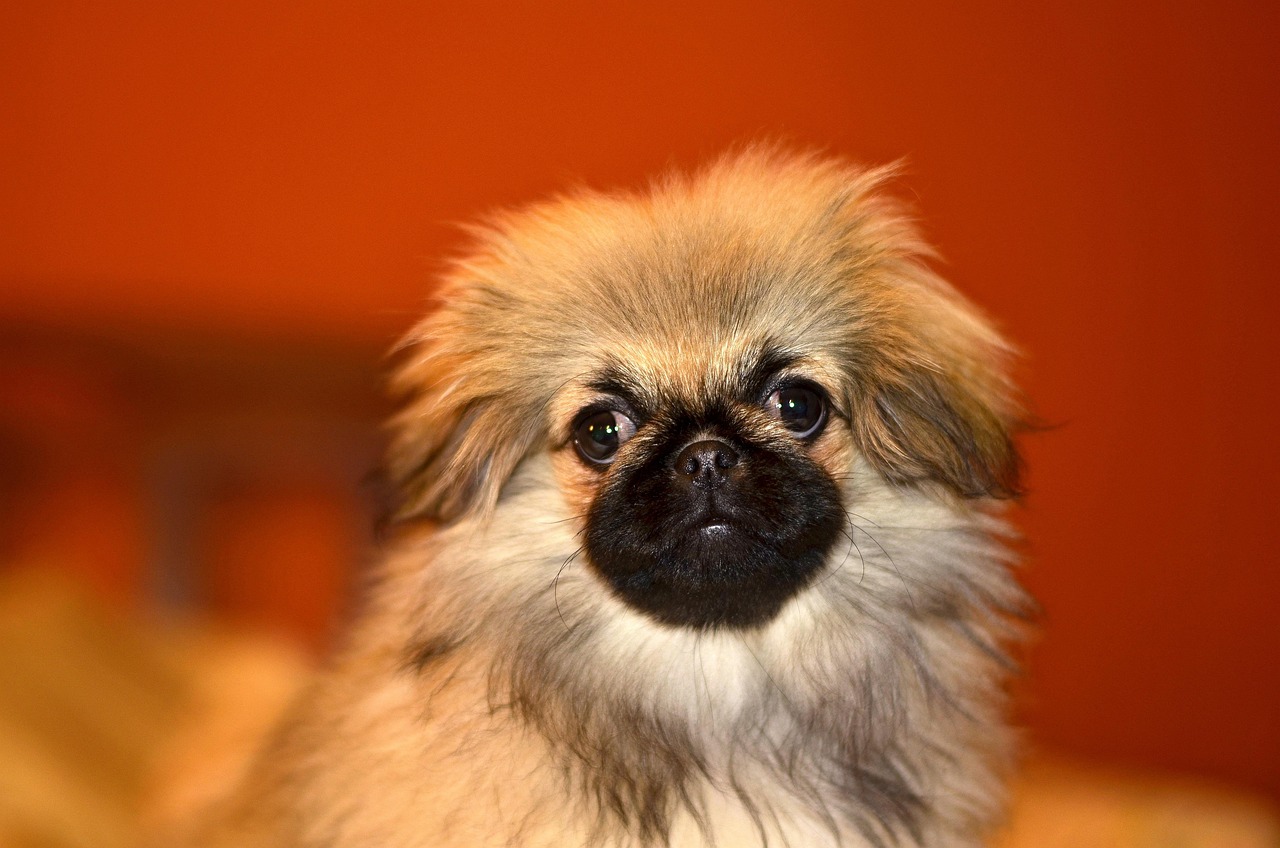 Shutterstock
Shutterstock
The Pekingese wasn’t just a dog—it was literal royalty in ancient China. These tiny fluffballs were bred to resemble lions, a sacred symbol in Chinese culture, and were kept exclusively by members of the imperial court. If you were caught owning one without permission? That was a crime. They traveled in silk-lined pouches, were worshipped as divine companions, and had palace staff tending to their every whim. Honestly, some of them probably had more palace privileges than certain nobles.
Papillon
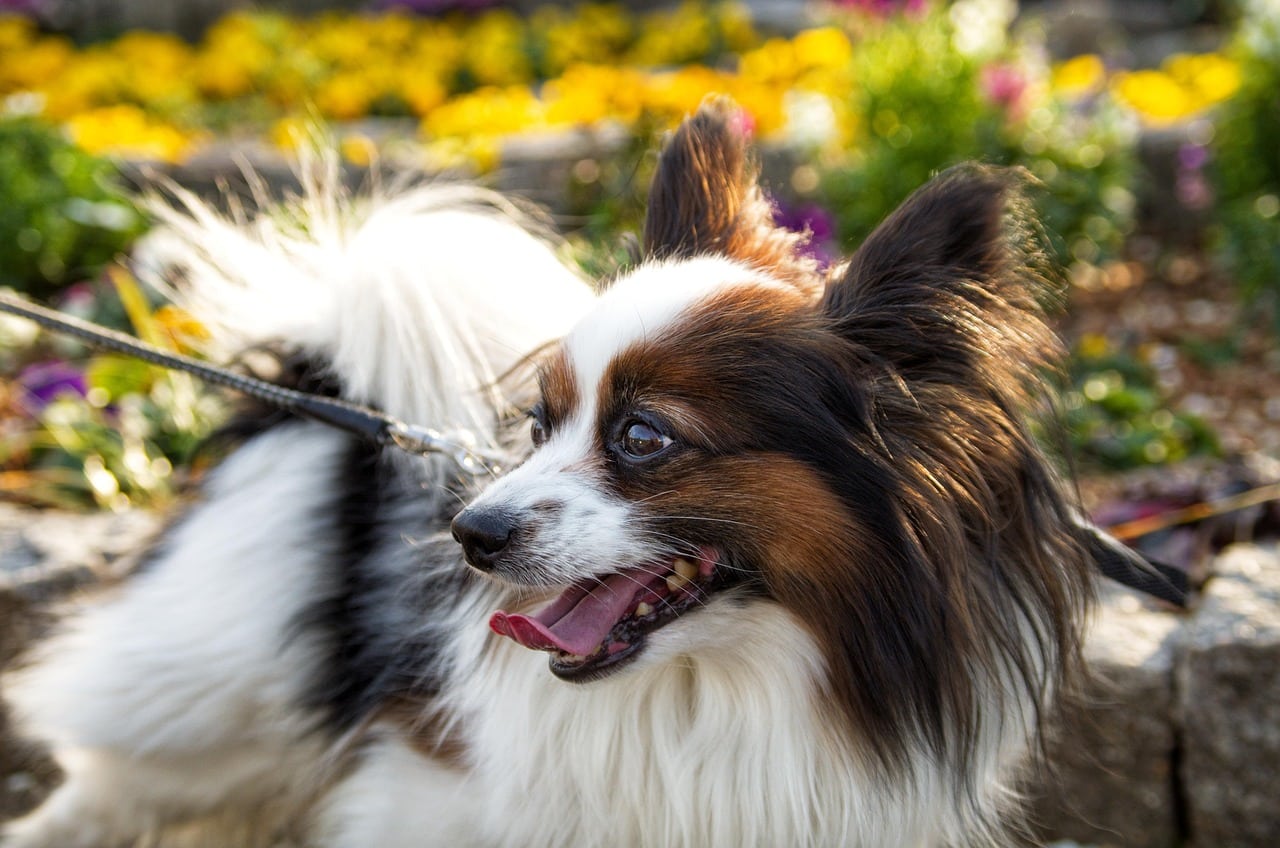 Shutterstock
Shutterstock
With ears like butterfly wings and a strut that says, “I know I’m cute,” the Papillon was the darling of European aristocracy. French and Spanish royalty adored them, and they were frequently painted alongside queens in full regalia. Papillons had the perfect mix of delicate looks and spunky personality, which meant they could charm a salon full of nobles without even barking. You weren’t truly noble in 17th-century Europe unless you had one of these fancy little sidekicks perched on your lap.
Japanese Chin
 Shutterstock
Shutterstock
The Japanese Chin was bred to be more of an ornament than a watchdog—which is probably why it spent most of its time being doted on by emperors and aristocrats. These dogs were beloved for their dainty features, elegant gait, and ability to “clean” themselves like cats. They were handed down as gifts between royal families in China and Japan, treated like sacred relics, and were considered symbols of refinement. Basically, the Chin didn’t follow anyone—they floated.
Bichon Frise
 Shutterstock
Shutterstock
Fluffy, fabulous, and charming, the Bichon Frise was practically born to be a noble’s plus-one. French royalty, particularly, adored these white puffballs, often adorning them with ribbons and perfumes. They were popular during the Renaissance and could often be found sitting at the feet of aristocrats—or, more likely, being carried so their paws didn’t touch the filthy peasant roads. Don’t let the fluff fool you—these dogs had the kind of social status that would crash a royal Instagram feed today.
Italian Greyhound
 Shutterstock
Shutterstock
Slender, graceful, and fast enough to outrun gossip, the Italian Greyhound was the preferred companion of Roman nobles and European aristocracy. Their elegant physique made them living sculptures, perfect for lounging beside lavish fireplaces or draping across a noblewoman’s arm like a designer shawl. They were adored by Catherine the Great, Queen Victoria, and almost every ruler with taste. Bonus: they could also hunt, but mostly, they just hunted attention.
Lhasa Apso
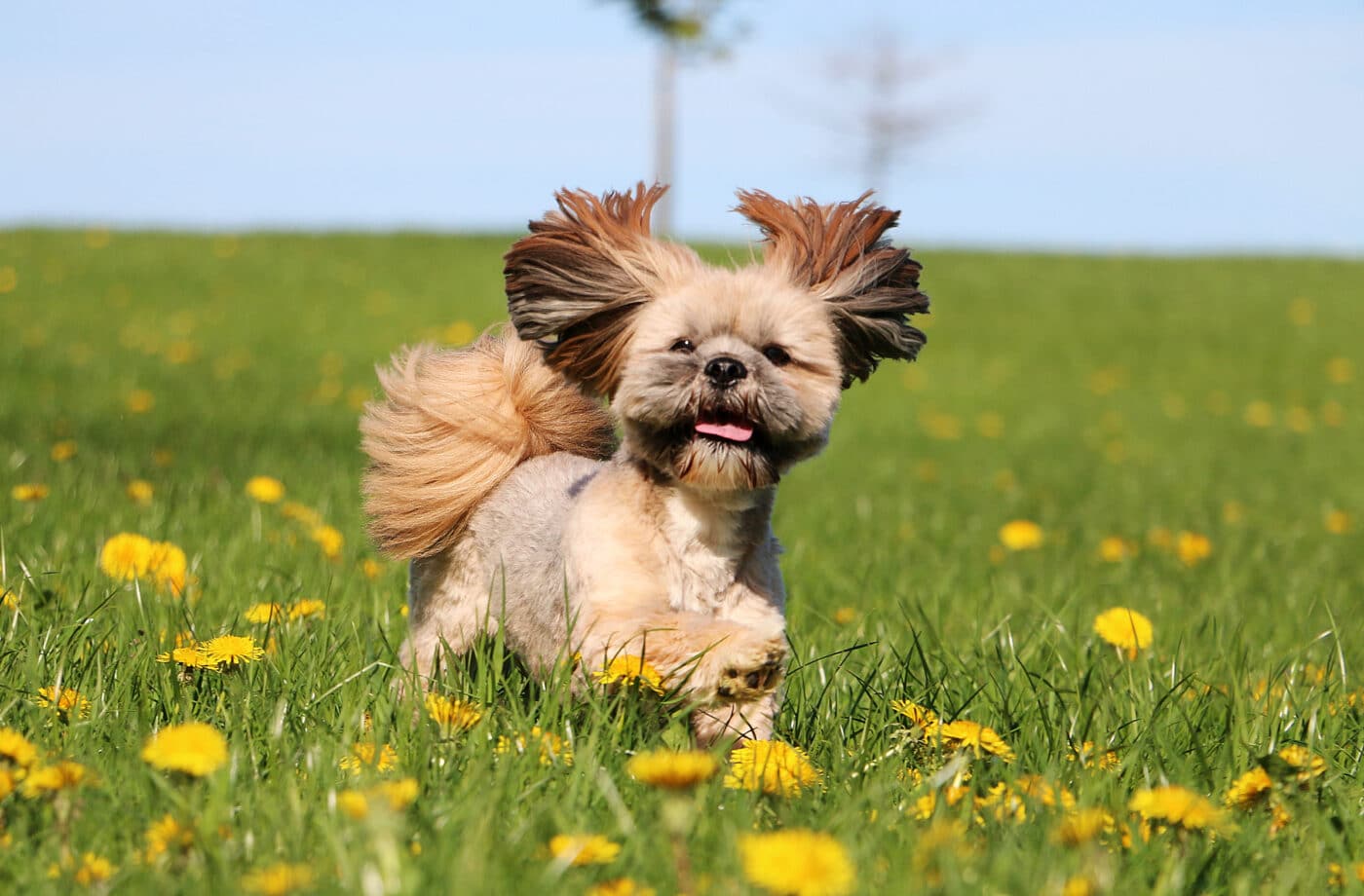 Shutterstock
Shutterstock
The Lhasa Apso has ancient roots in Tibetan monasteries and palaces, where it was believed to bring good fortune and act as a spiritual guardian. These little dogs were gifted from monks to emperors and were never sold—only honored by being given. Their long, flowing coat and majestic attitudes made them the perfect companion for those who liked their luck furry and well-groomed. If you had one, you weren’t just wealthy but blessed.
Shih Tzu
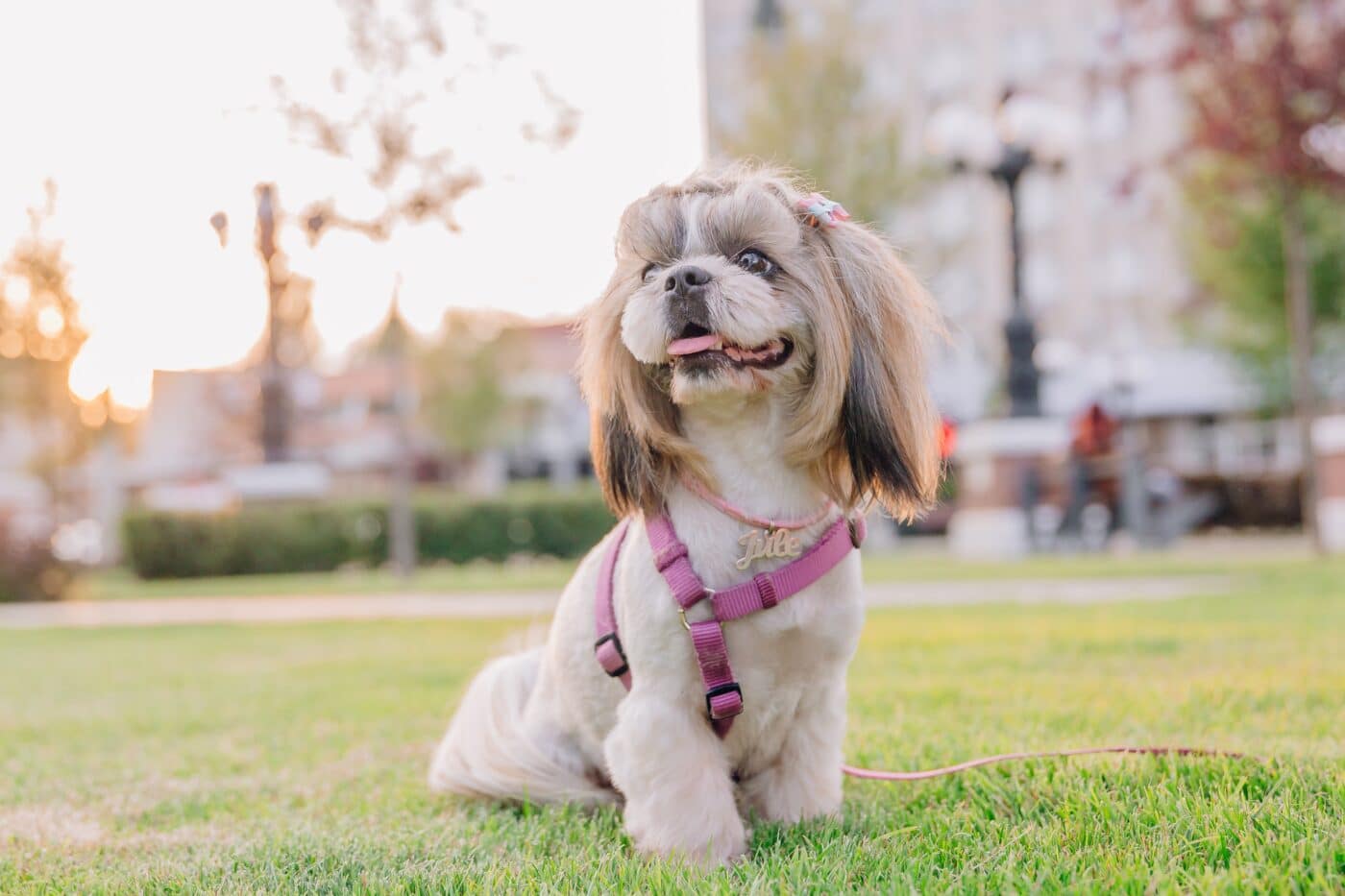 Shutterstock
Shutterstock
Shih Tzus were bred exclusively for Chinese royalty, and it shows. These pint-sized divas were pampered in palaces, carried around like the treasures they were, and sometimes had their own personal servants. Their flowing coats and pushed-in faces were seen as the height of canine beauty in ancient China. And let’s be real—if you lived in a palace and had your meals prepared while lounging on silk, you’d be just as dramatic.
Russian Toy
 Shutterstock
Shutterstock
Tiny but fierce in attitude, the Russian Toy was once a favorite among the Russian aristocracy. These dogs were small enough to fit inside a coat pocket and were often seen perched on the arms of duchesses, lords, and probably a few drama-loving tsars. They were bred to be pure and simple companions and thrived in lavish drawing rooms full of gossip and gold leaf furniture. With eyes as wide as teacups and personalities that could rival a royal scandal, they ruled every room they entered.
Brussels Griffon
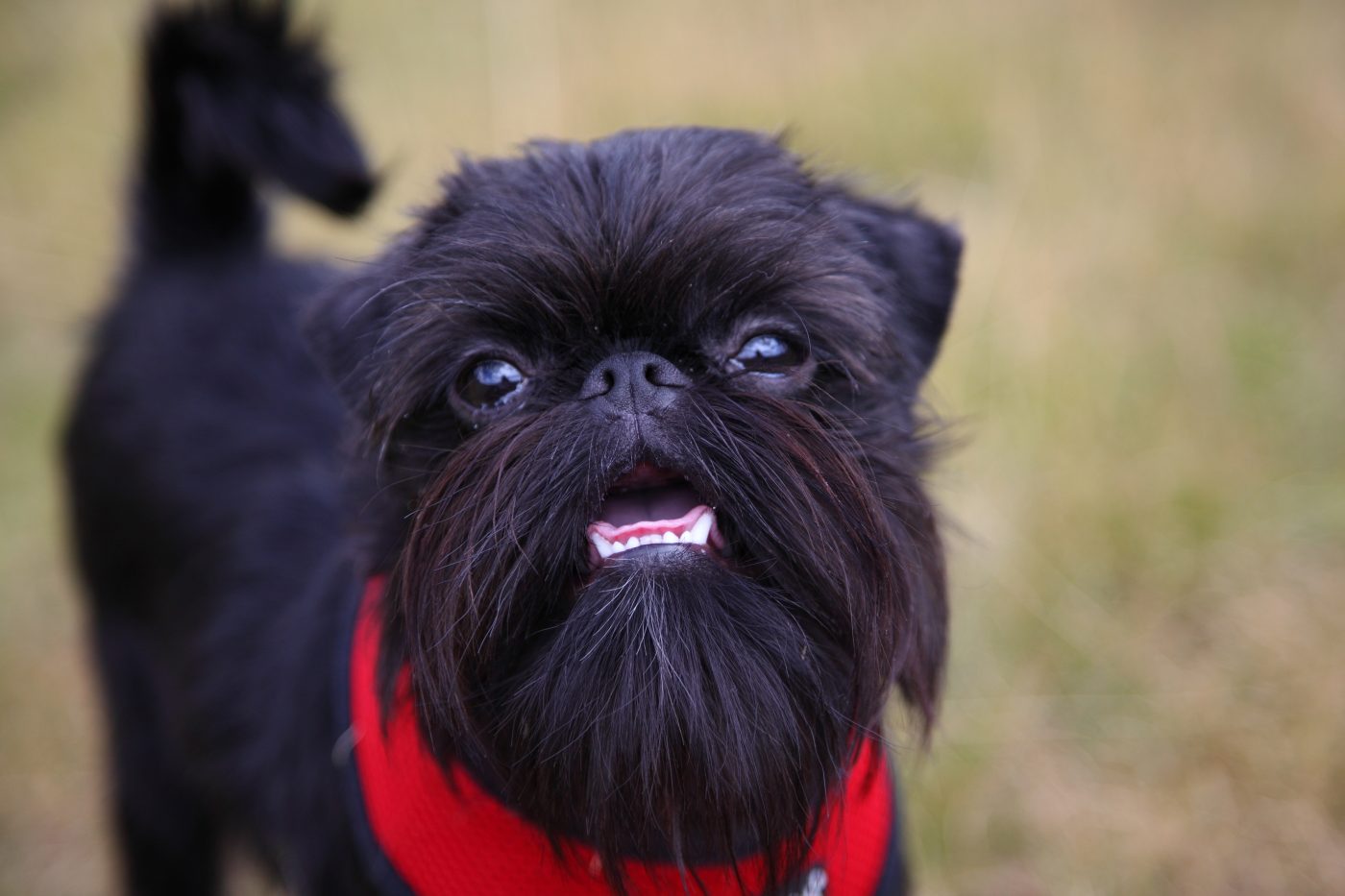 Shutterstock
Shutterstock
With a face that screams, “I demand attention immediately,” the Brussels Griffon was a hit with European elites. Originally bred to chase rats in stables, these scrappy little dogs worked their way up the social ladder fast—probably because they looked like they could roast you with one glance. Queen Marie Henriette of Belgium made them famous by treating them like royalty, and from there, they became a favorite of fashionable salons and lap-hopping socialites. They’re the dog equivalent of a friend who always knows where the party is.
Yorkshire Terrier
 Shutterstock
Shutterstock
Today they’re fashion icons, but the Yorkie actually started off in the working class—before climbing the social ranks faster than any other breed. Once, they cleaned out rats in textile mills, but soon they sat in carriages and slept in velvet beds. Victorian high society couldn’t get enough of their silky coats and bold attitudes. By the time the Queen had one, Yorkies had gone full rags-to-riches—literally. They never forgot their roots, but they definitely upgraded their wardrobe.
Chinese Crested
 Shutterstock
Shutterstock
The Chinese Crested is bold, unique, and oddly elegant, like the eccentric fashion designer of the small dog world. They were adored by Chinese nobility and sailors alike, often taken aboard ships as ratters and eventually living a double life as luxury pets. Their hairless bodies and flowing crests made them unmistakable, and their quirky charm made them a conversation starter in any palace. These dogs knew how to stand out in a world of fluff—and they owned it.
Toy Poodle
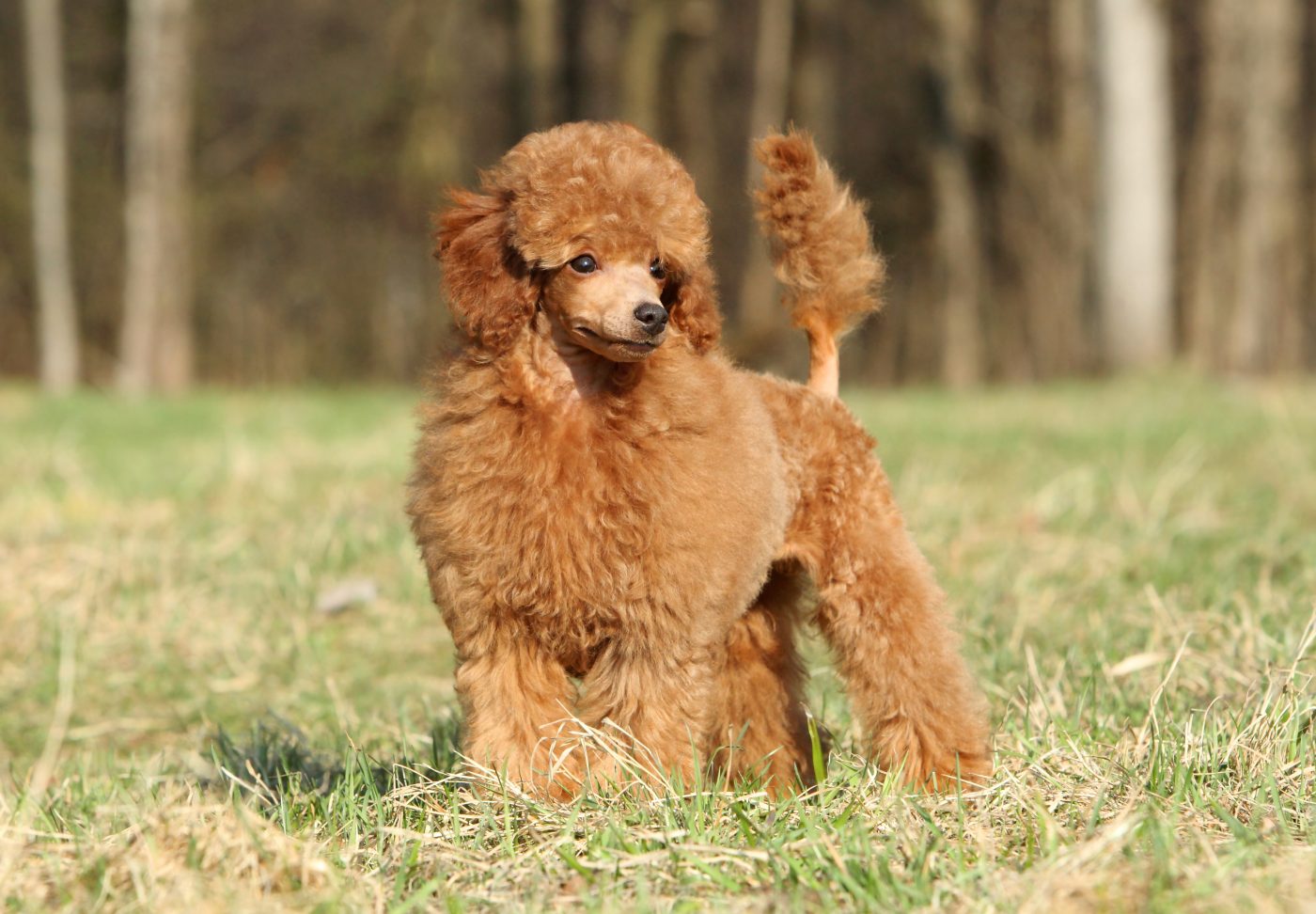 Shutterstock
Shutterstock
Poodles may be known for their flamboyant haircuts today, but the Toy Poodle, in particular, was once a must-have accessory for European nobility. These miniature masterpieces weren’t just stylish—they were smart, affectionate, and small enough to fit into the powdered wigs of the French elite (allegedly). Toy Poodles were pampered with more spa days than most people get in a lifetime. They’ve always known they’re fabulous, and honestly, they’re still waiting for their royal titles to be reinstated.
Affenpinscher
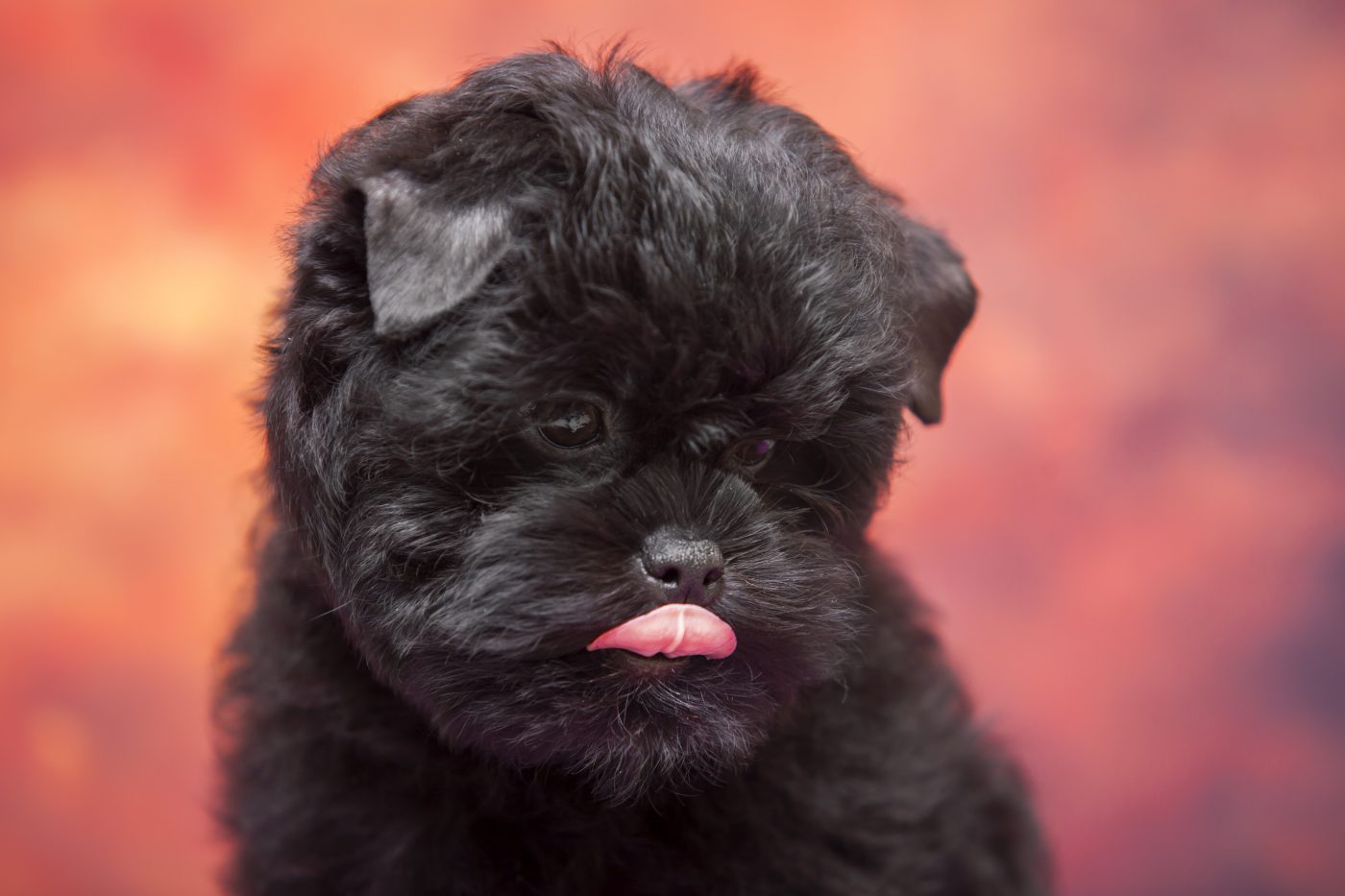 Shutterstock
Shutterstock
Don’t let the monkey face fool you—Affenpinschers were once the go-to companions for upper-class ladies in Germany and France. These wiry-haired charmers were smart, alert, and had enough personality to entertain a room full of powdered wigs. They’re fierce little watchdogs with a touch of mischief and more sass than your morning coffee. Nobles adored them for their comic expressions and fearlessness—basically, they were the court jesters of the dog world (but made it elite).
English Toy Spaniel
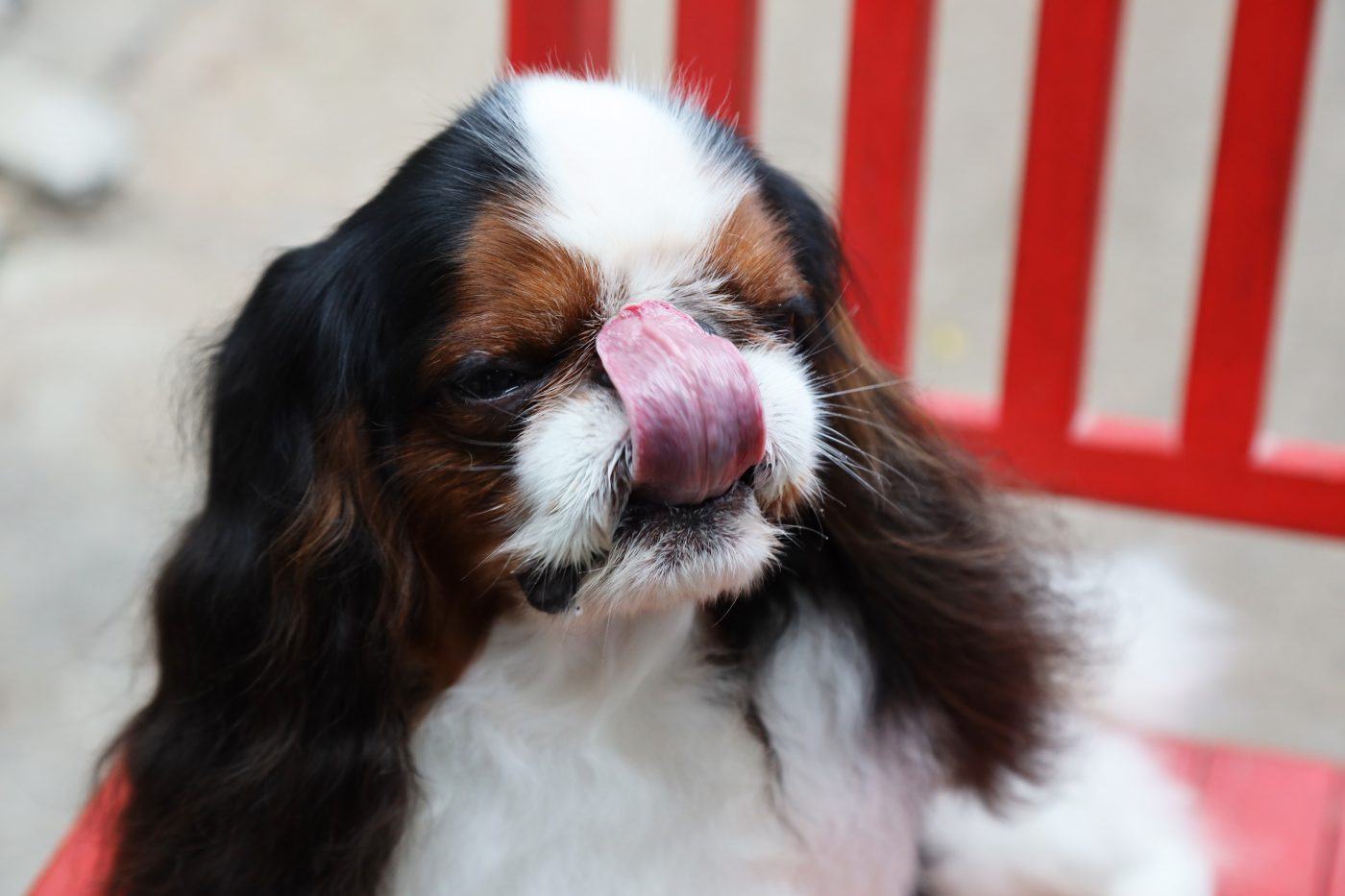 Shutterstock
Shutterstock
Often confused with its cousin, the Cavalier King Charles Spaniel, the English Toy Spaniel was the preferred lap dog of—you guessed it—King Charles II and his court. These soft-eyed sweethearts were bred purely for companionship and quickly became fashion accessories for the British elite. With their rounded faces, silky coats, and demure personalities, they lived lives of luxury in castles and drawing rooms across England. Their favorite hobbies included lounging, looking adorable, and making everyone else look underdressed.
Löwchen
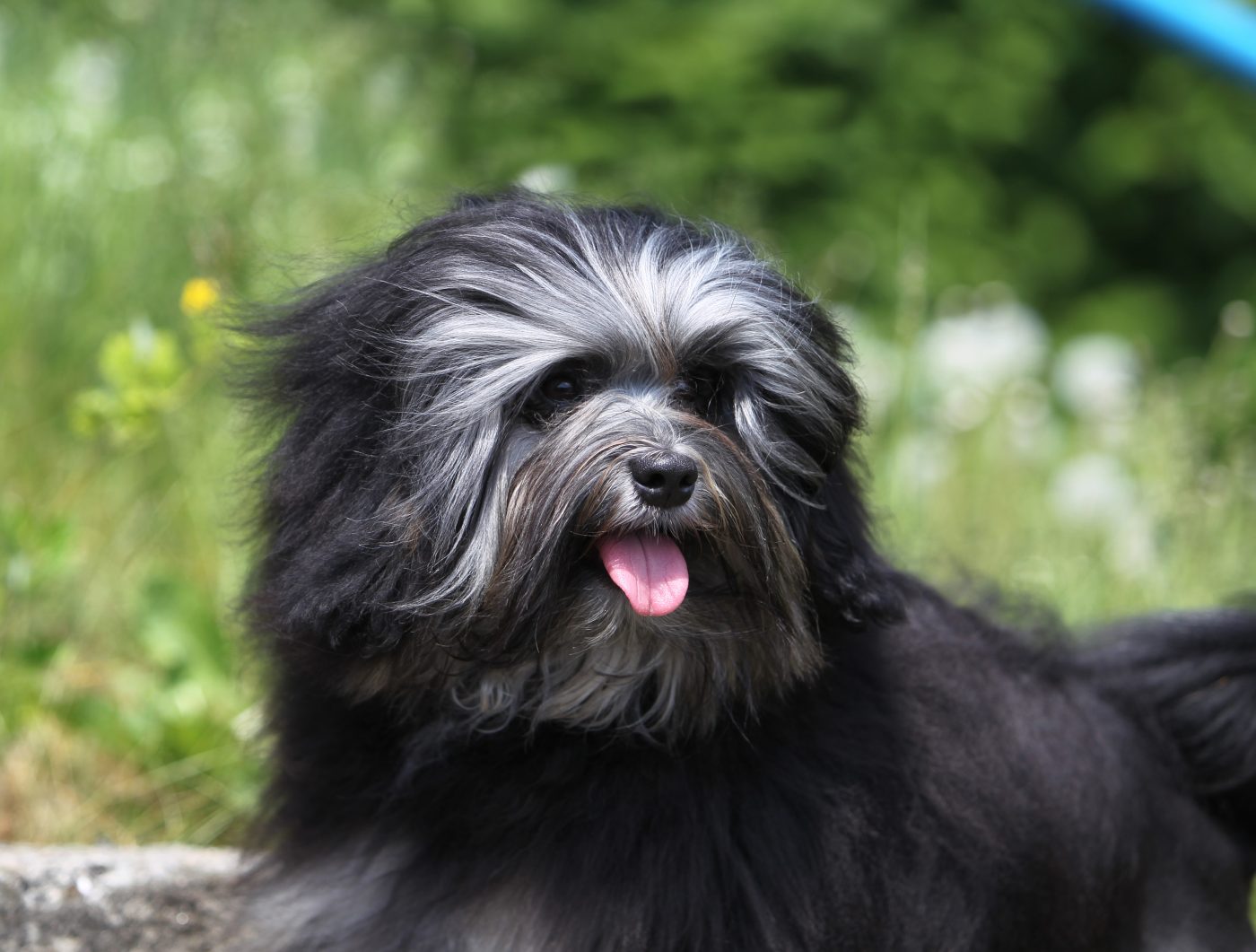 Shutterstock
Shutterstock
Nicknamed “the little lion dog,” the Löwchen once sat at the feet of European nobility, living a life of high drama and higher haircuts. With their iconic lion trim and cheery demeanor, they were a hit among aristocrats who wanted a dog with flair. These rare, expensive dogs were often gifted between royals, symbolizing luxury and exclusivity. They didn’t bark much—but when they did, it probably meant their chaise lounge wasn’t fluffed to their liking.
Who Needs A Crown When You’ve Got A Cushion?
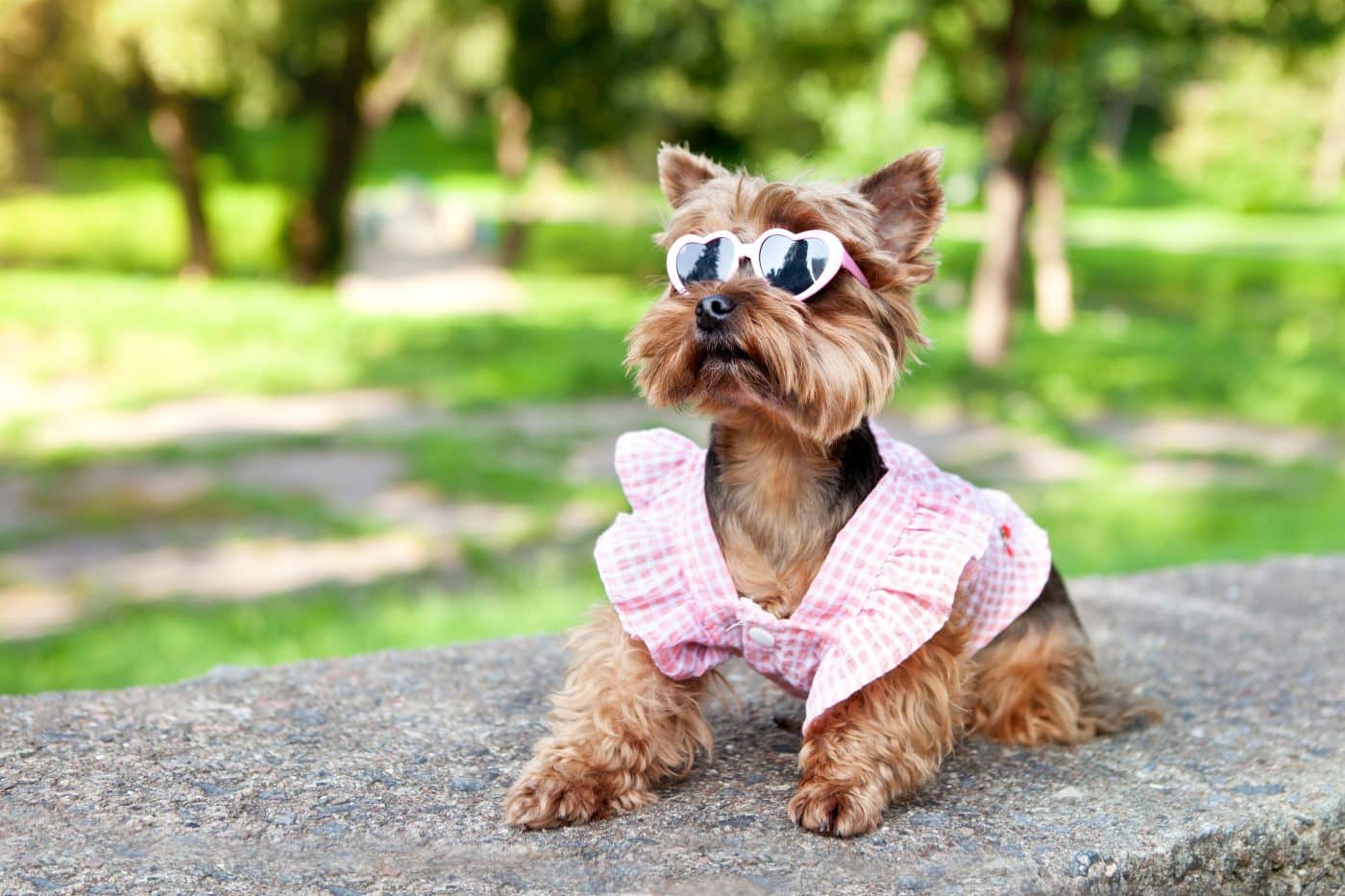 Shutterstock
Shutterstock
These pint-sized powerhouses didn’t need armor or a crown to rule—just a well-placed cushion and a few admiring humans. With fur fluffed to perfection and eyes that said, “I demand tribute,” these dogs reigned over royal courts with charm, sass, and the occasional dramatic sneeze. They didn’t guard castles—they owned them (emotionally, at least). Today, they may have traded royal processions for stroller rides and spa days, but their legacy lives on in every side-eye they give when their kibble isn’t served fast enough.
 Toledo, United States.
Toledo, United States.
